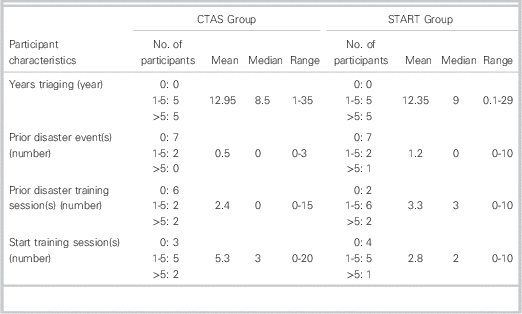Triage 1 0 14 Percent
Back to Journals » Open Access Emergency Medicine » Volume 12
- Download a print-friendly version. In response to the rapidly evolving challenges faced by hospitals related to the Coronavirus Disease 2019 (COVID-19) outbreak, and broad calls to curtail “elective” surgical procedures, the American College of Surgeons (ACS) provides the following guidance on the management of non-emergent operations.
- (1) Subtasks AP/Percentage on Training Data AP/Percentage on Test Data Assigned U r Allele 338/5.8% 332/5.5% 17 Expression 81/1.4% 105/1.7% 64 Gene Ontology 462/7.9% 518/8.6% 11 Tumor 36/0.6% 20/0.3% 231 Table 1. The AP number and the percentage value of relevant documents as well as the assigned U r values for.
Authors AlSerkal Y, AlBlooshi K, AlBlooshi S, Khan Y, Naqvi SA, Fincham C, AlMehiri N
Received7 June 2020
Novel floor plan for the triage area which provided a unique patient flow in the ED. The median patient wait time from arrival to triage was reduced from 27 min to 4.09 min and the percentage of patients leaving the ER before triage was reduced to 0%. This project is the first of its kind in.
Accepted for publication 19 September 2020
Published 1 December 2020 Volume 2020:12 Pages 427—434
DOIhttps://doi.org/10.2147/OAEM.S263805
Checked for plagiarism Yes
Review bySingle anonymous peer review
Peer reviewer comments 2

Editor who approved publication: Dr Robert Howland

Yousif AlSerkal,1 Kalthoom AlBlooshi,2 Sumaya AlBlooshi,3 Yasir Khan,4 Sadaf A Naqvi,4 Colin Fincham,4 Noor AlMehiri2
1Hospital Sector, Ministry of Health and Prevention, Dubai, United Arab Emirates; 2Hospital Department, Ministry of Health and Prevention, Dubai, United Arab Emirates; 3Nursing Department, Ministry of Health and Prevention, Dubai, United Arab Emirates; 4Cerner Middle East, Dubai, United Arab Emirates
Correspondence: Sadaf A Naqvi Email sadaf.naqvi@cerner.com
Introduction: The Ministry of Health and Prevention of the UAE acquired an electronic medical record system (Wareed) through which they incorporated the Emergency Severity Index as the standard triaging tool. This raised the need to review population dynamics and the accuracy of triage performed by the health-care providers utilizing the tool.
Objective: This research aimed to study demographics and dynamics of the population presenting to emergency departments (EDs) during 2018, evaluate the accuracy of triage assessment using comparative analysis techniques, and determine relationships between patient factors (severity of illness, age-group) and the accuracy of triage.
Methods: This was an observational study that aimed to ascertain findings from ED data over 1 year (January 2018–December 2018) and explore factors associated with reduced accuracy in acuity assignment. We employed comparative analysis to measure the level of agreement between standard guidelines and local findings.
Results: A total of 576,154 patients visited EDs in 2018, of which 54.4% were male. A statistically significant increase in length of stay with increasing severity of illness was observed (Kruskal–Wallis test). Overall triage accuracy was 41.6%, with a positive association with increasing severity of illness. We found a positive association between severity of illness and accuracy of triage (OR 0.14, p=0). We also found on logistic regression that the age-group 11– 20 years had the highest probability of accurate triage acuity (R2=0.41, p=0).
Conclusion: Conducted on a very large data set from the UAE, our study reflects upon population dynamics and triage accuracy distribution among different variables. This study paves the way for further in-depth analysis of factors that may impact triage accuracy within EDs, and utilizing a similar approach it can be replicated in other settings as well.
Keywords: Emergency Severity Index, ESI, triage, electronic medical record
This work is published and licensed by Dove Medical Press Limited. The full terms of this license are available at https://www.dovepress.com/terms.php and incorporate the Creative Commons Attribution - Non Commercial (unported, v3.0) License. By accessing the work you hereby accept the Terms. Non-commercial uses of the work are permitted without any further permission from Dove Medical Press Limited, provided the work is properly attributed. For permission for commercial use of this work, please see paragraphs 4.2 and 5 of our Terms.
Download Article [PDF]